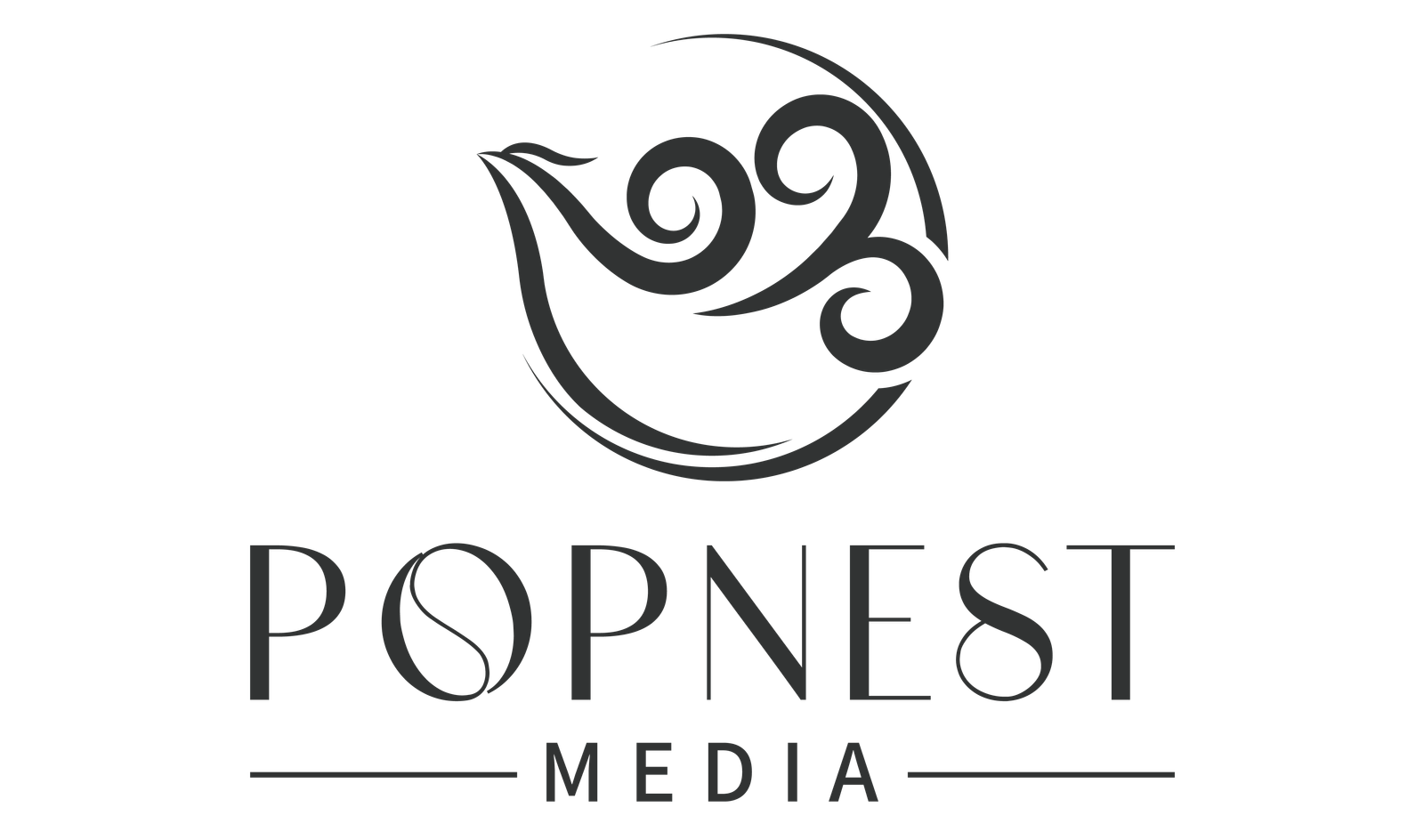Why E-E-A-T Matters More Than Ever
In today’s competitive digital landscape, SEO isn’t just about technical optimization and keyword placement anymore. Google’s E-E-A-T framework (Experience, Expertise, Authoritativeness, and Trustworthiness) has fundamentally changed how content quality is evaluated and ranked. As search engines become increasingly sophisticated in assessing content value, understanding and implementing E-E-A-T principles has become non-negotiable for businesses seeking sustainable search visibility.
This guide will explore how E-E-A-T is reshaping content strategy, practical ways to enhance your content’s E-E-A-T signals, and actionable techniques to future-proof your SEO efforts. Whether you’re a seasoned content strategist or just beginning your SEO journey, you’ll discover valuable insights to elevate your content’s performance in an E-E-A-T-driven search landscape.
What is E-E-A-T and Why Did Google Add the Extra “E”?
The Evolution from E-A-T to E-E-A-T
Google’s quality guidelines have long emphasized E-A-T (Expertise, Authoritativeness, and Trustworthiness) as key indicators of content quality. In December 2022, Google expanded this framework to E-E-A-T, adding “Experience” as a critical dimension.
This addition recognizes the value of first-hand, real-world experience in creating trustworthy, valuable content. While expertise remains crucial, Google now also rewards content creators who demonstrate genuine experience with the topics they discuss.
The Four Pillars of E-E-A-T Explained
Experience
Experience refers to first-hand or life experience with a topic. Content created by someone who has personally used a product, visited a location, or lived through an event often provides unique insights that purely research-based content might miss.
Real-world example: A product review written by someone who has actually used the product for several months will typically provide more valuable insights than one based solely on specifications.
Expertise
Expertise involves specialized knowledge or skills in a particular field. Content creators should demonstrate their qualifications, education, or professional background related to the topic.
Real-world example: A medical article written by a practicing physician carries more expertise than one written by a general content writer.
Authoritativeness
Authoritativeness reflects recognition from others in your industry or field. It’s about establishing your content and brand as a go-to resource.
Real-world example: Content published on industry-leading websites or cited by respected publications gains authoritativeness.
Trustworthiness
Trustworthiness involves accuracy, transparency, and honesty in your content. This includes citing reliable sources, providing accurate information, and clearly disclosing affiliations.
Real-world example: A website that clearly labels sponsored content and provides comprehensive privacy policies demonstrates trustworthiness.
Why E-E-A-T Matters for Your SEO Strategy
According to a 2023 SEMrush study, websites that actively improve E-E-A-T signals saw an average visibility increase of 30% following major Google algorithm updates. Meanwhile, sites with weak E-E-A-T signals experienced visibility drops of up to 40% during the same period.
E-E-A-T is particularly crucial for:
- YMYL (Your Money or Your Life) topics – Content that could impact readers’ health, financial stability, safety, or happiness
- Competitive industries where trust differentiation matters
- Sites recovering from algorithm penalties or visibility drops
- Long-term SEO strategy that withstands algorithm changes
“The future of SEO isn’t about tricking algorithms—it’s about genuinely serving users with content that demonstrates experience, expertise, authority, and trust. Sites that prioritize E-E-A-T today will have a significant competitive advantage tomorrow.” – John Mueller, Search Advocate at Google
7 Actionable Strategies to Boost Your Content’s E-E-A-T
1. Showcase Your Team’s Credentials and Experience
Make author expertise visible by:
- Creating detailed author bio pages highlighting relevant qualifications, experience, and credentials
- Including author bylines with mini-credentials on each article
- Linking to professional profiles (LinkedIn, industry associations)
- Featuring team member certifications and awards prominently
Pro tip: For topics requiring specialized knowledge, consider having subject matter experts review or co-author content, even if they don’t write the entire piece.
2. Demonstrate First-Hand Experience
Integrate personal experience by:
- Including original research, case studies, or data
- Sharing personal anecdotes and lessons learned
- Using phrases like “in my experience” or “when working with clients, we’ve found…”
- Adding original photographs, videos, or step-by-step processes
- Including specific details that only someone with hands-on experience would know
3. Develop Comprehensive, Accurate Content
Build depth and accuracy by:
- Covering topics thoroughly with substantial, helpful information
- Supporting claims with current data, statistics, and studies
- Linking to authoritative external sources
- Updating content regularly to ensure accuracy
- Addressing different perspectives on complex topics
- Explaining industry terms and concepts for clarity
4. Enhance Your Website’s Trust Signals
Strengthen site-wide trust through:
- Clear, accessible contact information
- Comprehensive “About Us” page detailing company history and mission
- Transparent privacy policy and terms of service
- Secure website (HTTPS) and proper security certificates
- Clear attribution for all content, images, and data
- Easily accessible customer support options
- Prominent display of relevant industry affiliations or certifications
5. Build External Recognition and Citations
Increase your authority by:
- Securing guest posting opportunities on respected industry websites
- Developing relationships with journalists and industry publications
- Creating citation-worthy original research or data
- Participating in industry panels, podcasts, and events
- Obtaining endorsements from recognized experts
- Encouraging authentic reviews and testimonials
6. Enhance Content Presentation and Accessibility
Improve user experience through:
- Clean, professional design that enhances readability
- Clear content structure with descriptive headings and subheadings
- Mobile optimization for all content
- Fast loading speeds and minimal intrusive elements
- Accessibility features for users with disabilities
- Supporting visuals that enhance understanding of complex topics
7. Implement Structured Data Markup
Leverage schema markup to:
- Identify author expertise and credentials
- Highlight organization information
- Mark up reviews and ratings
- Specify content type (article, how-to, FAQ)
- Connect related content pieces
E-E-A-T and Content Creation: Best Practices for Different Content Types
Product Reviews
- Include detailed hands-on testing processes
- Compare with competing products from personal experience
- Discuss both pros and cons honestly
- Include specific use cases and scenarios
- Add original photographs or videos of the product in use
How-To and Instructional Content
- Demonstrate each step clearly with visuals
- Address common challenges and solutions
- Include tips based on personal experience
- Offer alternatives for different situations
- Update regularly to reflect current best practices
News and Current Events
- Verify information through multiple sources
- Clearly distinguish between facts and opinions
- Provide context and background information
- Update articles as new information emerges
- Disclose potential conflicts of interest
Medical and Health Content
- Ensure medical content is written or reviewed by healthcare professionals
- Cite peer-reviewed research and medical authorities
- Include clear disclaimers about medical advice
- Update regularly with current medical consensus
- Avoid sensationalism and prioritize accuracy
When to Consider Professional Help
While these strategies can be implemented independently, those with limited resources or expertise may benefit from professional assistance. At Popnest Media, our team of specialists can provide dedicated SEO and content strategy support tailored to your specific needs. Visit our homepage to schedule a consultation with one of our experts.
Professional help is particularly valuable when:
- You’re targeting highly competitive YMYL topics
- Your site has experienced significant traffic drops after algorithm updates
- You lack in-house subject matter experts for technical content
- You need to scale content production while maintaining quality
- You’re entering new markets or topic areas where building authority quickly is essential
Measuring E-E-A-T Impact: Key Performance Indicators
While Google doesn’t provide an E-E-A-T score, you can track these indicators:
- Organic visibility changes following core updates
- Average time on page and bounce rate improvements
- Backlink quality from authoritative sources
- Brand mentions across the web
- User engagement metrics (comments, shares, follows)
- Featured snippet acquisition for target keywords
- Conversion rate improvements from organic traffic
Conclusion: Future-Proofing Your Content Strategy
As search engines continue to refine their evaluation of content quality, E-E-A-T will only grow in importance. By making a consistent commitment to demonstrating experience, expertise, authoritativeness, and trustworthiness, you’re not just optimizing for today’s algorithms—you’re building a sustainable content foundation that will serve your business for years to come.
Start by auditing your existing content for E-E-A-T signals, then implement the strategies outlined in this guide systematically. Remember that building genuine E-E-A-T takes time, but the long-term results—increased visibility, audience trust, and conversion potential—make it one of the most valuable investments in your digital marketing strategy.
Ready to elevate your content’s E-E-A-T signals? Begin with one section of your website, implement these principles thoroughly, then expand to other content areas. Or contact our team at Popnest Media for a personalized E-E-A-T assessment and strategy tailored to your business goals.
Frequently Asked Questions
Does E-E-A-T affect all websites equally?
While E-E-A-T applies to all websites, it’s particularly crucial for YMYL (Your Money Your Life) sites that could impact a user’s health, financial stability, or safety. However, all sites should prioritize demonstrating experience and expertise appropriate to their content topics.
How quickly can I expect to see results from improving E-E-A-T signals?
E-E-A-T improvements typically show results over medium to long-term periods, often becoming most noticeable after Google core updates. Most businesses see gradual improvement over 3-6 months of consistent implementation, though this varies based on competition, industry, and starting position.
Can I demonstrate expertise if I’m not formally qualified in my industry?
Yes! While formal qualifications help, “everyday expertise” from extensive experience is also valuable. Document your journey, share case studies of your work, provide unique insights from your experience, and be transparent about your background while continuing to develop your knowledge.
How does user-generated content affect my site’s E-E-A-T?
User-generated content (comments, forums, reviews) can impact your site’s E-E-A-T either positively or negatively. Moderate this content actively, encourage quality contributions, respond to questions professionally, and consider implementing verification for expert contributors.
Is E-E-A-T a direct ranking factor?
Google has clarified that E-E-A-T itself isn’t a single ranking factor but rather a framework for evaluating quality that influences many aspects of their algorithms. Think of it as a lens through which Google interprets various signals about your content and website.




